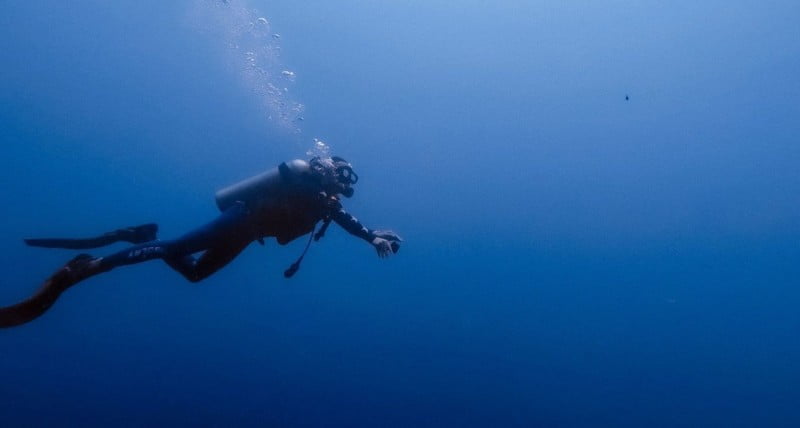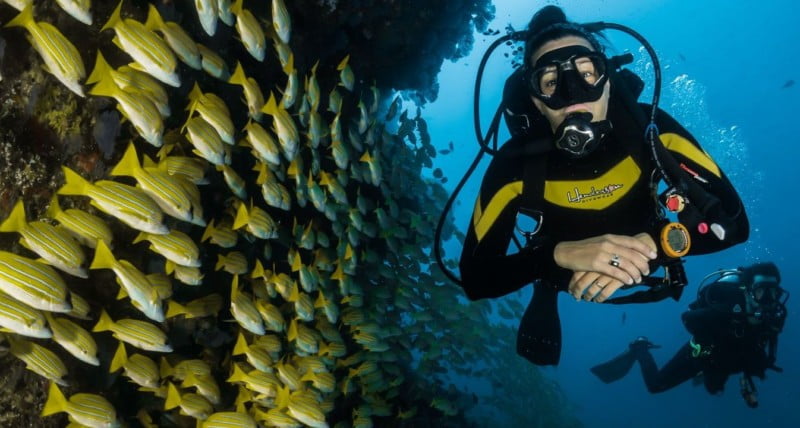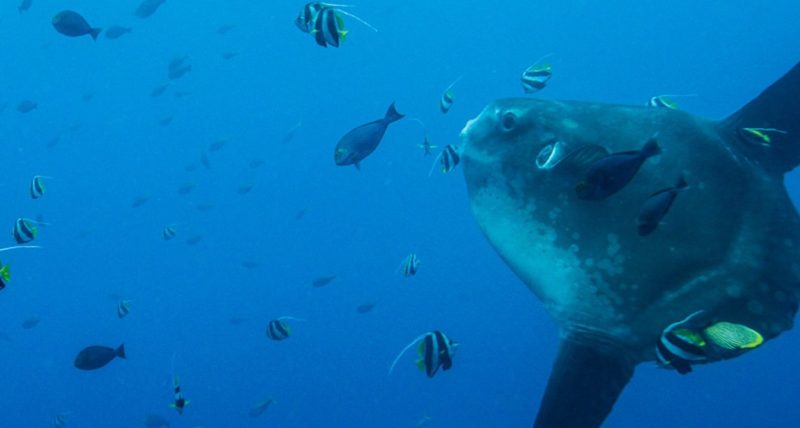How to Perform a Safety Check Before Scuba Diving
Diving Fundamentals – The Buddy Check
Every diver that is ready to go for a dive with a friend should never get in the water without checking that all his diving equipment is correctly set. This procedure is called a buddy check because firstly you should not dive alone and secondly, it is easier to check things as a pair. In a pre-dive buddy check one diver will check the other making sure everything is right in a more efficient manner. Not to mention that it is a fun procedure that will keep both divers on the safe side. After all, you are diving with your buddy, and you wouldn’t want anything bad to happen to them. So here is all you need to know about the pre-dive buddy check, according to the PADI’s Open Water Diver Manual, to properly check your diving buddy.
Pre-dive Buddy Check
There are many ways how you can remember the pre-dive check procedure. The necessary steps can be shortened into “BWRAF” that stands for: BCD – Weights – Releases – Air –Final check. Of course BWRAF can be hard to remember for some. But do not despair, other creative divers have already sorted it out, so there is a number of fun mnemonics to help you remember. The standard one is Begin With Review And Friend or Bruce Willis Ruins All Films or one for the foodies goes Burger With Relish And Fries… You are more than welcome to come up with your own fun mnemonic, as long as it will help you think about safety before every dive.
The Boddy Check mnemonic
• B for BCD
The BCD should be set in place and functioning properly, and your buddy should know how to use it. The hose of the low pressure inflator should be connected to the inflator mechanism, and the tank strapped in securely. What you should always do is press the inflator button so that it releases a short burst, to make sure it works properly. Also, do make sure that all audio and visual signals are in place and working adequately. Inflate your BCD before jumping off the boat.
• W for Weights
Make sure to check the weight belts and / or pocket weights to make sure that the weight is correct and that they are adjusted properly. They should be released with ease in the case of an emergency, so they should not work faulty. Also, both of you should know how to release the weights of the other at all times. Remember the right hand release.
• R for Releases
All releases should be checked before you get into the water. They should all be placed correctly and work the same. The releases are connected to the shoulder straps, belly straps, sternum straps, and even the tank straps.
• A for Air
Make your friend take a few breaths of air through the regulator’s mouthpiece, both in and out, while you look at the SPG. This way you will check if the tank is open, full and it its valve runs properly, not depriving your friend from air. During these tries, if you are reading the SPG, its needle should not move, and if you are looking at a diving computer, the number depicting the air pressure should go down with just a couple of pounds for every breath taken. Alternate the looking at the device with breathing through the regulator, to make sure that the reading of the device is correct.
• F for Final Check
After you completed all the previous steps, you need to make some last checks. Make sure that the cameras, consoles, lights and hoses are all secured, so they won’t come in your way while diving. The wetsuit should be completely zipped and no hose should be tangled. And, of course, make sure that your friend has the snorkel, mask and on before jumping into the water.
Interested in buying new diving computer we recomend you to read: How to choose a computer for scuba diving.
If you own your own equipment check Diving regulator maintenace tips.



